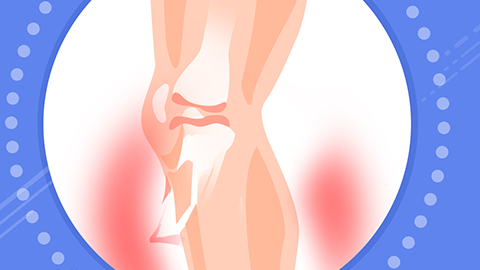What are the symptoms of osteolysis?
Generally, enostosis is a disease characterized by slow destruction and resorption of bone tissue, with main symptoms including localized bone pain, bone deformity, restricted limb movement, pathological fractures, local swelling or lumps. A detailed analysis is as follows:

1. Localized bone pain: In the early stages of the disease, patients often experience bone pain at the affected site, typically presenting as persistent dull or aching pain. Pain may worsen with activity or pressure. As bone destruction progresses, the pain gradually intensifies and may develop into continuous severe pain, significantly affecting daily rest and limb mobility.
2. Bone deformity: Due to bone dissolution and resorption, the normal structure of the affected bone is disrupted, potentially leading to shortening, bending, or local indentation of the bone. For example, when limb bones are involved, unequal limb length may occur; when the spine is affected, scoliosis or kyphotic deformity may develop.
3. Restricted limb movement: Joint motion at the affected site may be limited due to bone pain, deformity, or reduced skeletal stability. Patients may find it difficult to fully flex, extend, or rotate their limbs, making everyday activities such as walking or lifting arms challenging. The degree of limitation typically increases as the condition progresses.
4. Pathological fracture: As bone dissolution continues, bone density progressively decreases and structural strength is significantly compromised. Even minor trauma can lead to fractures—known as pathological fractures. Such fractures are accompanied by severe pain and may further exacerbate bone deformity and movement limitations.
5. Local swelling or mass: Some patients may develop soft tissue swelling at the lesion site, which feels like a localized bulge upon touch. If cystic lesions form following bone resorption, a soft mass may be palpable. Pressing on the area may cause pain or a sensation of soreness and fullness, and some masses may gradually enlarge as the disease progresses.
Patients are advised to avoid strenuous exercise and heavy physical labor, reduce weight-bearing on affected bones, and prevent worsening of the condition or fracture occurrence. Regular follow-up examinations are recommended to monitor disease progression, and patients should follow medical advice regarding pharmacological or surgical treatments to preserve skeletal function.




